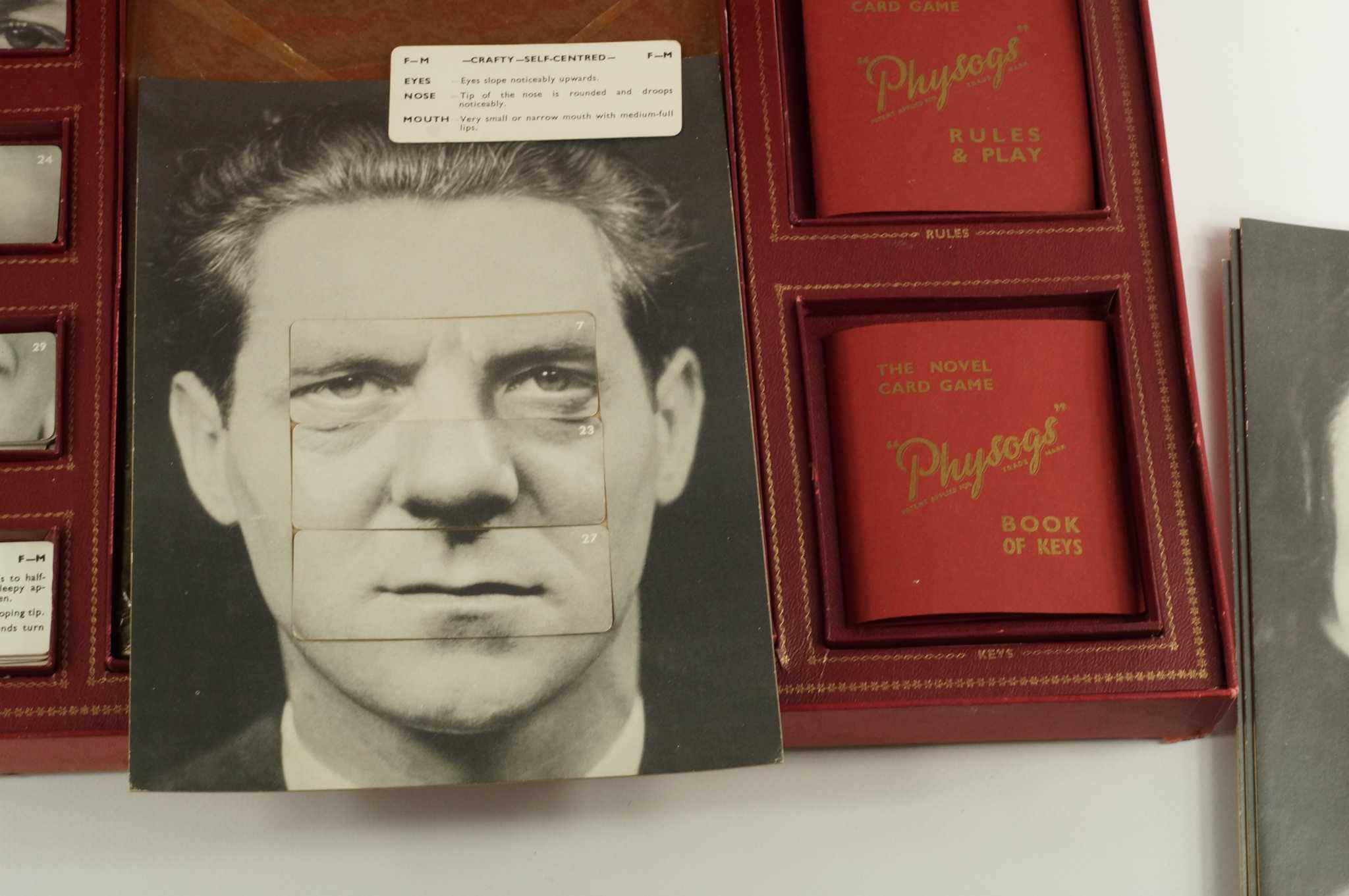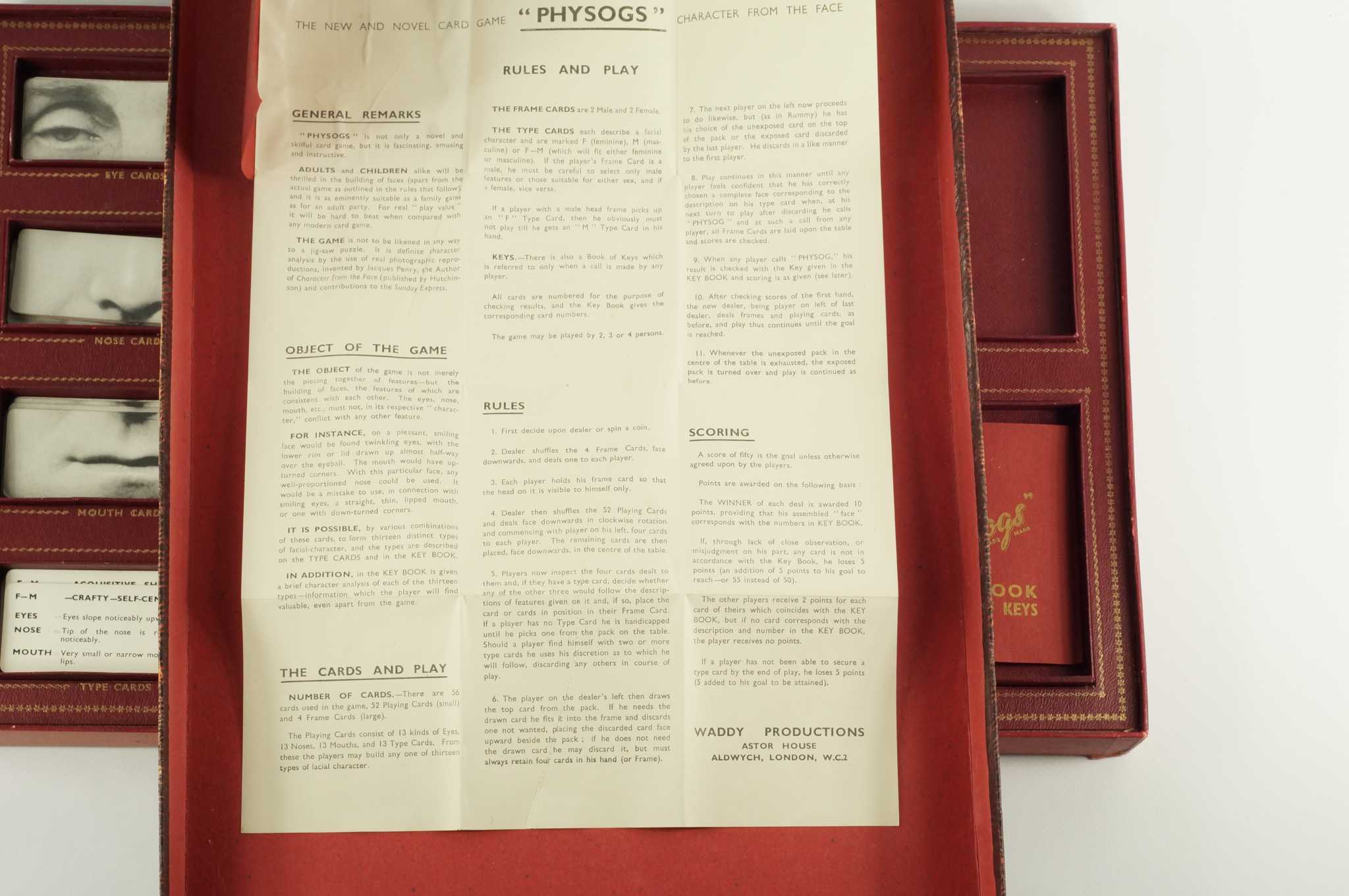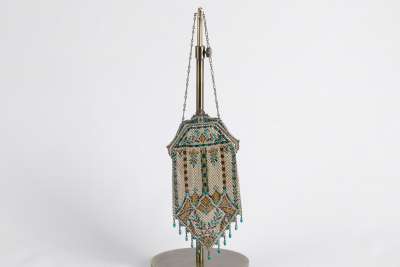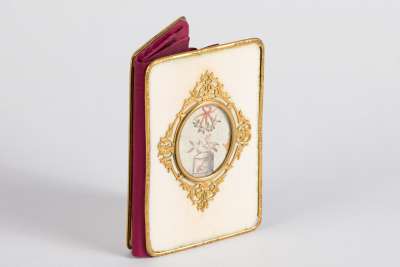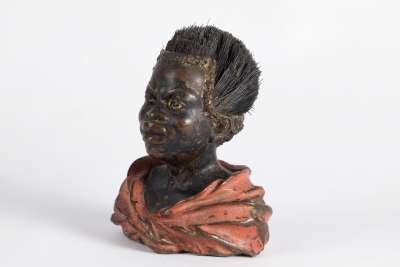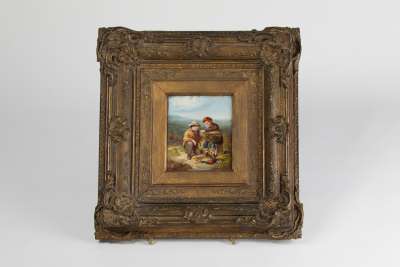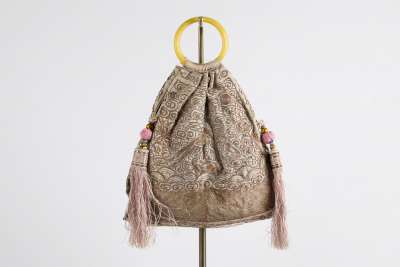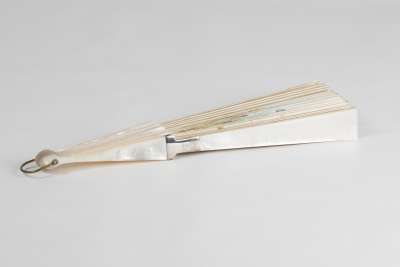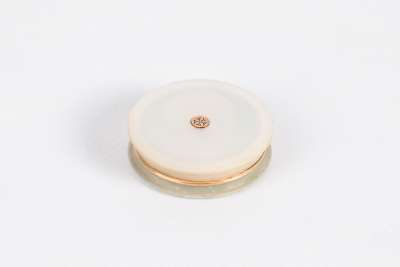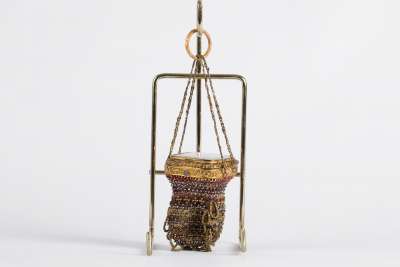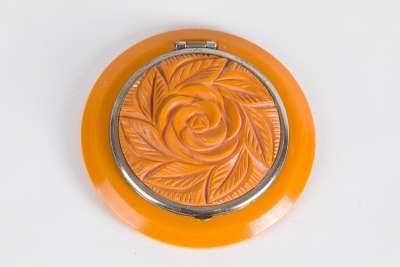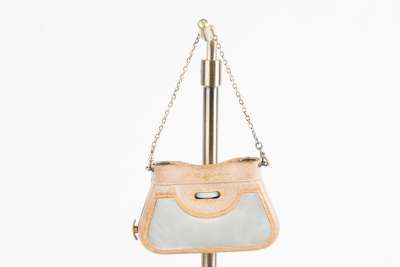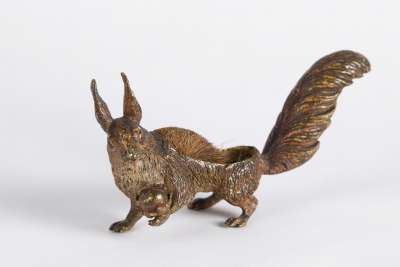Physogs, a British game from the 1940s, represents an intriguing intersection of entertainment and the pseudo-scientific study of physiognomy. This game involves the art of judging human character by facial features. The object of Physogs is to assemble facial features into cohesive faces, with each feature harmonising with the others. The game set includes 13 cards each for eyes, noses, mouths, and 13 additional cards linking facial characteristics to personality types, stored in its original box. The package features four frame cards—two male and two female faces—with a centre square cut-out, allowing for combination and creativity. The set also contains a rule booklet and a key book describing character types that align with the constructed faces. Dating from circa 1930-1940, this game offers a glimpse into cultural pastimes of its era in the United Kingdom.
Condition Report
This Physogs game set is in good condition, with wear consistent with its age and past use. The original box shows some light fading, particularly noticeable on the extremities of the upper lid. The cards and booklets inside remain intact, maintaining their functionality for gameplay. The frame cards and character cards exhibit minor signs of wear, reflecting the typical handling over decades. Overall, the game set has been preserved well, retaining its historical and cultural value. Potential buyers should note these minor imperfections as part of the item's authenticity and appeal as a vintage collectible. This condition report provides an honest appraisal of the item's state, ensuring transparency for prospective collectors.
Dimensions
Weight: 760gm, Length: 41.9cm, Width: 26.7cm, Height: 3.5cm.
A Game of Character Perception
Originally intended as a parlour game, Physogs invites players to explore the art of character perception through facial feature assembly. The game provides an engaging activity where participants can creatively construct faces and assign character types. Assembling the faces requires an understanding of harmony among features, promoting an interactive and educational experience. While primarily a form of entertainment, Physogs also subtly reflects societal interests in physiognomy, a study that was once considered a legitimate science. The intricate connection between facial features and perceived character traits allowed for lively discussions and debates among players, making it a fascinating historical game.
Insight into Mid-20th Century British Game Design
Physogs is a fine example of mid-20th century British game design, reflecting the era's interest in both recreation and pseudo-scientific exploration. The game’s design marries simplicity with intellectual curiosity, encouraging players to engage in thoughtful assembly and character analysis. This period in Britain saw a variety of games that combined entertainment with educational elements, and Physogs is a testament to this trend. The visual appeal of the game lies in its artistic depiction of facial features and the clever use of frame cards to enable endless variability in play. The game's aesthetic and functional design make it a notable example of cultural products from this time.
The Craft of Card-Making in Physogs
Crafted during a time when board and card games were popular forms of entertainment, Physogs displays the careful artistry involved in its production. The cards, printed with detailed illustrations of facial features, demonstrate the skillful use of lithography—a common technique of the era. Each card is carefully crafted to ensure compatibility and durability, vital for a game involving repeated handling and reconfiguration. The original box and booklets, with their durable construction and clear printing, highlight the quality craftsmanship that went into creating this game. The use of durable card stock and precise printing techniques ensured that Physogs could withstand the test of time, allowing it to remain a playable and collectible item today.
Published by British Game Makers
Physogs was produced by a British company dedicated to creating engaging and educational games. While specific details about the individual maker may be sparse, the game itself reflects the broader tradition of British game production during the early to mid-20th century. British game makers of this period often combined entertainment with educational content, aiming to provide a pastime that also stimulated intellectual engagement. The production of Physogs would have involved a multidisciplinary team, including illustrators, designers, and printers, all contributing to the final product's quality and appeal. The game serves as a historical artefact, illustrating the creative and commercial efforts of British game makers of the time.
Sought After by Collectors of Vintage Games
Collectors of vintage games and historical artefacts often seek out Physogs for its unique blend of entertainment and pseudo-science. This game appeals to those interested in the history of games, social pastimes, and the cultural curiosities of the 20th century. The combination of its intriguing gameplay mechanics and historical significance makes Physogs a desirable addition to any vintage game collection. Collectors appreciate the game's ability to spark conversation about the broader implications of physiognomy and its role in entertainment. As an object of both nostalgia and historical interest, Physogs continues to attract attention from enthusiasts of vintage British games, adding considerable value to collections.


